This article was co-authored by Karina Villalta. Karina Villalta is a certified Esthetician and Owner of Oh Sweet and Sugar and Shears, a skincare and hair removal service located in Seattle and Kirkland, Washington. With over eight years of experience, Karina specializes in eyebrow shaping, a hair removal technique called sugaring, and organic facials. Karina started her career and was trained at Benefit Cosmetics Brow Bar. Since opening her own business, Karina ensures her clients are educated about their skin and helps them implement personalized skincare routines.
This article has been viewed 382,895 times.
Unwanted hair on your face can be annoying and frustrating. You may have hair on your upper lip, your eyebrows, or your jawline that you’d like to remove. Rather than risk shaving your facial hair or shelling out money at a salon, do facial waxing at home. Start by choosing a wax that is right for your skin type and skill level. Then, prep your face for the wax by washing and exfoliating your skin. Follow the proper waxing etiquette so you end up with smooth, hairless skin on your face.
Steps
Choosing a Wax
-
1Get wax that's made for your face. Only use wax that is made for use on your face, known as facial wax. It will often come in a kit with an applicator or strips that are made for certain areas of your face. Facial wax will be more gentle on your skin than body wax, as the skin on your face is more sensitive.
- You can find facial wax at your local beauty supply store or online.
- Cold wax kits are ideal for the face. These kits use wax strips. They are less painful and messy, and they may cause less damage to your face than using hot wax.[1]
-
2Go for wax with aloe vera for sensitive skin. If you have sensitive skin or acne prone skin, look for facial wax with aloe vera. The aloe vera will help to soothe your skin and make the wax less harsh on your skin. Get facial wax that is marked “for sensitive skin.”[2]
- If you use acne medication, use facial wax made for sensitive skin. Acne medication can make your skin extra sensitive to wax.
Advertisement -
3Consider sugaring your face instead of waxing. Instead of wax, you can always use body sugar. Body sugar is gentler than wax and is easier to clean from your skin. The sugar paste is applied to your skin the same way that wax is and removed using the same techniques.[3]
-
4Get an applicator stick and fabric strips if you’re using loose wax. If you are using loose facial wax, you will need an applicator stick. You can use an applicator stick made for waxing or popsicle sticks. Get popsicle sticks in a wide and small size, as you can use the small size for applying wax on your eyebrows.
- You will also need fabric strips to help remove the hair. You can buy pre-made fabric strips for waxing or make your own by buying white, cotton fabric and cutting it into small strips.
-
5Use prepared wax strips to make application easier. If you are new to waxing your body, particularly your face, look for wax that comes in prepared strips. The strips will often come in a kit for facial waxing. They will be cut to fit certain areas of your face, such as your upper lip, your eyebrows, or your jawline.
- It is usually easier to apply wax in strips, rather than have to deal with loose wax and an application stick. If you are a seasoned waxer, you may feel more comfortable with loose wax.
Prepping Your Face
-
1Wash your face. Start by washing your face your normal facial cleanser. Use lukewarm water to clean your face well. Having a clean face will make waxing easier and reduce your chances of a breakout after waxing.
- Gently exfoliate your skin as you clean it by pressing the cleanser to your skin in small circles. Exfoliating your skin will help to remove dead skin. Don't scrub too hard, however, or the waxing might be more painful.
-
2Trim any long hairs on your face. If you have a long beard or hairs that are longer than 2 cm, trim them with small scissors or a hair trimmer. Only trim your hairs so they are no shorter than 1⁄8 inch (0.32 cm).
- Avoid shaving, tweezing, or any other hair removal before you wax. Otherwise, the hair might be too short for the wax to grab.[4]
- Do not try to wax any hairs on your face that are shorter than 1⁄8 inch (0.32 cm), as this can lead to ingrown hairs and damage to your skin. Wait until your hair grows out and is long enough to wax off.
-
3Apply baby powder to sensitive areas. Put baby powder on your upper lip and your eyebrows to make it easier for the wax to grab your hairs. The baby powder will also absorb any excess oil and reduce irritation due to the wax.[5]
- If your face is very dry, apply a small amount of moisturizer to your skin so the wax can grab the hairs properly and won't irritate your skin too much.
Waxing Your Face
-
1Wash your hands. Clean your hands well with soap and water. Having clean hands will ensure no bacteria or germs end up on your face during the waxing.
- You may also position yourself in front of a mirror to make it easier for you to see what you are doing as you wax your face.
-
2Determine the direction of your hair growth. Notice if your hair grows downward in a straight line or diagonally towards the center of your face. You will then apply the wax in the direction of your hair growth.
- Your eyebrow hair and upper lip hair will usually grow at a diagonal. Hair on your cheeks and jawline may grow straight downward or at a diagonal.
-
3Warm up the wax. If you are using wax strips, warm the strip up by rubbing them between your hands for 30-40 seconds. If you are using loose wax, warm up the wax over the stove or in the microwave. Test the wax by applying a small amount to the inside of your wrist. It should be warm enough that the wax is wet and easy to spread, but not boiling hot.
-
4Apply the wax to your skin. If you are using loose wax, use an applicator stick or a popsicle stick to apply a thin layer of wax in the direction of your hair growth. Then, take a strip of fabric and press it down on the wax. Massage the fabric onto the wax using your fingers. Move in the direction of the hair growth.
- If you are using prepared wax strips, peel off the non sticky side and apply it to your skin in the direction of your hair growth. Press down on the strip, massaging it into your skin so it picks up your hairs. Be sure to massage it in the direction of the hair growth.
-
5Let the wax sit for 30 seconds. This will give the wax time to set onto your hairs and onto the strip. Do not let the wax sit for longer than 30 seconds, as it can be difficult to remove and more painful to remove.
- The wax should not feel like it is burning your skin when you let it sit. It should feel hot, but not burning.
-
6Pull the wax off in the opposite direction of your hair growth. After 30 seconds, put one hand underneath the strip and press down on your skin, holding it taut. Grip the bottom edge of the strip with your other hand. In one quick motion, pull off the strip in the opposite direction of your hair growth.
- You do not have to remove the strip quickly as long as you remove it in one continuous go. Do not tug at the strip too hard. Next, put two fingers gently on the waxed area for 10-15 seconds to relieve the extra blood flow that will cause redness and pain.
-
7Use a cool cloth or pad to soothe your skin. Your skin may tingle after the wax has been removed. Use a wet, cool cloth or pad to press your skin and soothe it. Try to do this right after the wax has been removed so the area does not feel too painful.
- Do not use soothing oils on your skin right after the wax has been removed as this can clog your pores. A wet clean cloth is fine.
- Some wax kits will come with a cooling gel that you can use. If they don't, try applying some aloe gel.
-
8Wax with care around your eyebrows. Put small dabs of wax under and above your eyebrows to remove excess hairs. If you want to shape your eyebrows, remove a small amount of hair at a time. This way, you are not at risk of waxing off too much of your brows in one go.
- You may want to avoid waxing off too much of your eyebrows or shaping them using the wax. When in doubt, consult a professional.
-
9Do your upper lip one side at a time. If you want to wax your upper lip hairs, use two strips of wax. This will ensure you follow the direction of your hair growth and do not irritate your skin. Apply wax on one side of your upper lip and remove the hair. Then, apply wax to the other side of your lip and remove the hair.
Caring for Your Skin
-
1Moisturize your skin. Once you are done waxing your skin, apply a facial moisturizer to the area to ensure it does not get dry or irritated. Use a moisturizer with soothing ingredients like aloe vera and shea butter.
- Do not use moisturizer that is heavy with oils or fragrance, as they can clog your pores.
-
2Wax your face every four weeks. To maintain your facial hair, get in the habit of waxing your face every four to six weeks. This will give your hair enough time to grow back. Your facial hair will also be easier to remove if you wax it more regularly.[6]
-
3Avoid waxing acne prone areas or areas with breakouts. If you develop acne or a break out on your face, do not wax these areas. Waxing these areas can make them worse and lead to scarring. If you notice your skin breaking out due to waxing, you may want to consult a professional.[7]
Expert Q&A
Did you know you can get expert answers for this article?
Unlock expert answers by supporting wikiHow
-
QuestionIs it a good idea to wax your face?
 Laura MartinLaura Martin is a Licensed Cosmetologist in Georgia. She has been a hair stylist since 2007 and a cosmetology teacher since 2013.
Laura MartinLaura Martin is a Licensed Cosmetologist in Georgia. She has been a hair stylist since 2007 and a cosmetology teacher since 2013.
Licensed Cosmetologist
-
QuestionHow long does it last when you wax your upper lip?
 Laura MartinLaura Martin is a Licensed Cosmetologist in Georgia. She has been a hair stylist since 2007 and a cosmetology teacher since 2013.
Laura MartinLaura Martin is a Licensed Cosmetologist in Georgia. She has been a hair stylist since 2007 and a cosmetology teacher since 2013.
Licensed Cosmetologist
-
QuestionWhat are the side effects of waxing your face?
 Laura MartinLaura Martin is a Licensed Cosmetologist in Georgia. She has been a hair stylist since 2007 and a cosmetology teacher since 2013.
Laura MartinLaura Martin is a Licensed Cosmetologist in Georgia. She has been a hair stylist since 2007 and a cosmetology teacher since 2013.
Licensed Cosmetologist
Things You’ll Need
- Facial wax
- Fabric strips
- Applicator stick or popsicle sticks
- Small scissors or a hair trimmer
- Baby powder
- Cool cloth
- Facial moisturizer
References
- ↑ https://theidleman.com/manual/life/grooming/comprehensive-guide-male-waxing/
- ↑ http://www.goodhousekeeping.com/beauty/anti-aging/a35411/waxing-facial-hair-female/
- ↑ https://bellatory.com/hygiene-grooming/Body-Sugaring-Remove-Facial-Hair
- ↑ Karina Villalta. Certified Esthetician. Expert Interview. 11 August 2020.
- ↑ http://www.byrdie.com/after-waxing-tips
- ↑ http://www.goodhousekeeping.com/beauty/anti-aging/a35411/waxing-facial-hair-female/
- ↑ http://www.goodhousekeeping.com/beauty/anti-aging/a35411/waxing-facial-hair-female/
About This Article
Before you wax your face, wash your face with a cleanser and trim any hairs that are longer than 2 cm long. You may also want to put baby powder on sensitive parts of your face to reduce irritation. Then, get a facial wax that contains aloe vera for sensitive skin and warm it up on the stove or in a microwave. Apply that wax with a popsicle stick, and use fabric strips to pull the hairs out in the direction they are growing. For advice from our Cosmetologist reviewer on how to use wax strips, scroll down . . .



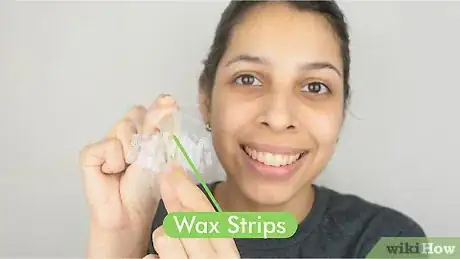

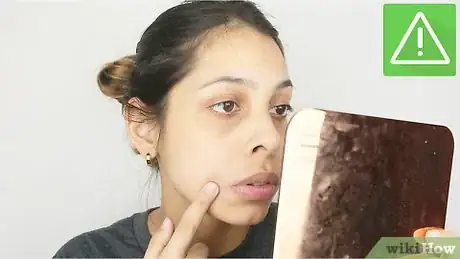

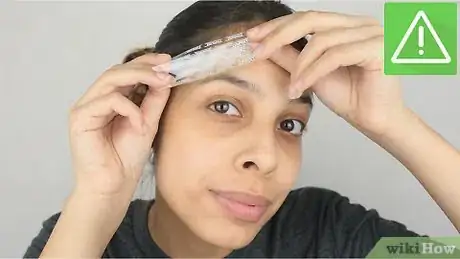
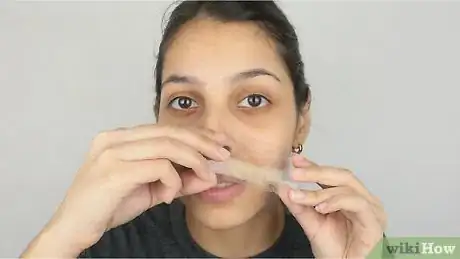
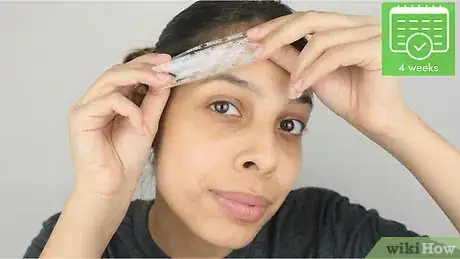
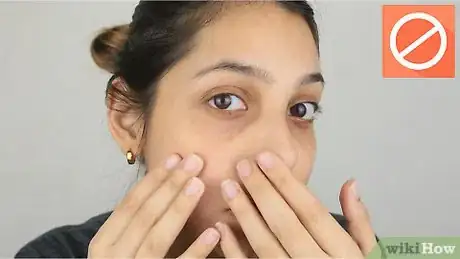
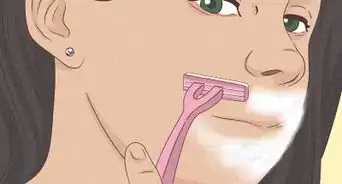
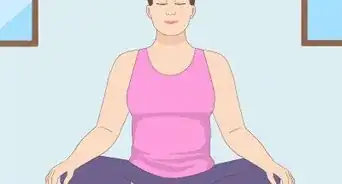
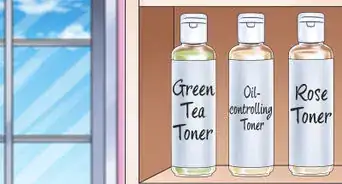
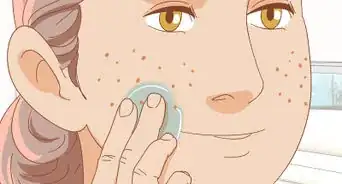
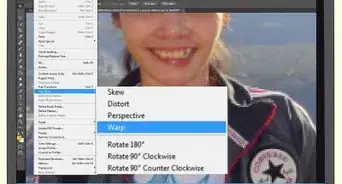
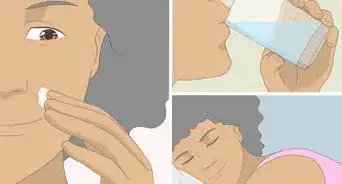
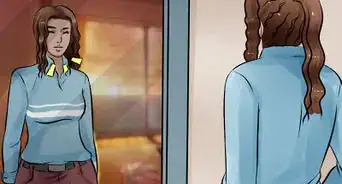
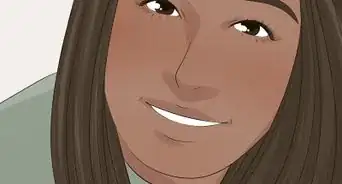
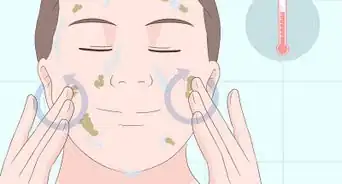









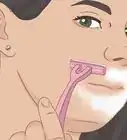
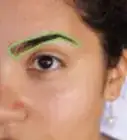
-Step-36.webp)


































